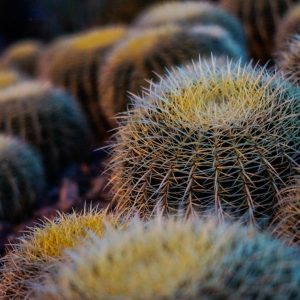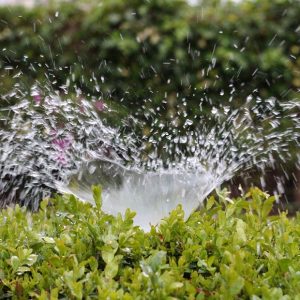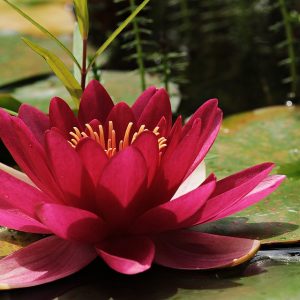Course Structure
There are nine lessons in this course:
Lesson 1: Scope and Nature of Plant Conservation
- Introduction
- Eight Principles for Conservation Success
- Raising Awareness
Lesson 2: Policy, Legislation, and Organisations
- International Conventions and Legislation
- National Conventions and Legislation
- Conservation Organisations
Lesson 3: Protection and Preventing Degradation
- Protected Areas
- Planning For Protected Areas
- How The Red List Is Used
- Land Sparing and Sharing
- Weeds
- Soil Degradation
- Pollinator Management
Lesson 4: Restoration of Damaged Ecosystems
- Restoring Ecosystems
- Restoration Projects
- Principles Of Ecological Restoration
- Stages Of Ecological Restoration
Lesson 5: Restoring Populations
- Establishing A New Self-Propagating Population
- Long-Term Storage of Germplasm
- A Successful Case-Study – The International Conifer Conservation Programme
- The Pivotal Role of Horticulture in Plant Conservation
Lesson 6: Genetic Conservation
- Assessment Of Genetic Diversity in Plants
- Need For Germ Plasm Conservation
- Germplasm Storage and Conservation
- Recording And Recalling Evolutionary History
Lesson 7: Ecosystem Conservation
- Ecosystem Conservation – Pollinators, Soils, Environments
- Forest Conservation
- Soil Conservation
- Pollinators
- Drone Conservation
Lesson 8: Community Action
- Citizen Science and Collaboration
- Community-Led Conservation
- First Nations Involvement
- Raising Awareness
Lesson 9: Adjusting to Environmental Change – The Future of Conservation
- Conservation And Climate Changes
- Plant Responses to Climate Changes
- Novel Threats To Plants as A Result of Climate Changes
- Natural Capital
- Nature-Based Solutions
- Ex-Situ Conservation of Plants
- Conservation Of Plants of Plants in The Anthropocene
Lesson Aims:
- Discuss the nature and scope of plant conservation.
- Determine problems and challenges associated with plant conservation in different situations.
- Create protection measures for plant conservation, appropriate to the circumstances in different situations.
- Determine restoration measures to be undertaken for achieving plant conservation.
- Explain a variety of ex-situ conservation measures for threatened plant populations.
- Explain the application of genetics to plant conservation.
- Understand ecosystem conservation methods used for plant conservation.
- Discuss a variety of community action initiatives that may be used for plant conservation.
- Explain ways to respond to environmental change to better conserve plant species and populations.
Why Choose Us?
- This evidence-based course has the potential to impact the outcomes for vulnerable plant species
- Skills and approaches that work in species management
- Written by experienced content writers with qualifications in genetics, plant health, botany, conservation management and ethics
- The course varies in breadth across nine lessons, with carefully constructed tasks and activities to support the depth of learning too
- Student support available – get your questions answered





